Researchers Investigate Mineral Deposits in the Deep Ocean
On 28 October 2016, the Royal Research ship (RRS) James Cook embarked on an expedition to discover new sources of the rare metals critical for low carbon technologies. HR Wallingford scientists, Jon Taylor and Neil Crossouard are on board the research vessel as it heads south west from the Canary Islands to the Tropic Sea mount, where a forty day investigation will use robotic submarines, autonomous seafloor instruments and drilling to answer questions about what controls the formation of marine mineral deposits on the floor of the North East Atlantic.
E-tech elements, such as cobalt and tellurium, which are essential for emerging renewable energy technologies, are in short supply. Some of these E-tech elements are highly concentrated in seafloor deposits. For example, the greatest levels of enrichment of tellurium are found in seafloor ferromanganese crusts which form on some underwater mountains.
HR Wallingford is part of the MarineE-tech partnership, a £4.2 million ($5.3mln) research program led by the UK National Oceanography Center, that will investigate the origin and formation of these crusts, and study the potential environmental impacts that could arise from the extraction of these minerals.
The MarineE-tech team’s research expedition to the northeast Atlantic seeks to discover what controls the richness of the deep-sea ferromanganese deposits which arise on seamounts, assess novel exploration methods and crucially, evaluate the potential effects of disturbance of these sensitive marine environments.
HR Wallingford Technical Director, Dr Jeremy Spearman, who is leading HR Wallingford’s contribution to MarineE-tech, said: “This is a unique opportunity for us to study these crusts in situ, working at a depth of thousands of meters. The project will assess the potential for the recovery of E-tech elements from these deposits using low carbon extraction technologies, such as bio-processing and ionic liquids. HR Wallingford’s role includes exploring the sustainability issues around any extraction of the deposits, many of which are to be found in the territories of small nation states with developing economies.”
At HR Wallingford’s facilities in Oxfordshire, an aluminium frame, approximately one metre square in size, has been constructed to house sensitive instruments which will enable the scientists to survey and monitor currents and water quality within the underwater clouds of dust, or sediment plumes which might be released in the future from mining operations. A remotely-operated vehicle (ROV) will carefully lower and deploy the instruments on the top of the sea, in water depths of around 1,000 meters, from where they will record data at high spatial and temporal resolutions. By gathering this data, and experimenting with sediment plumes that simulate those generated by mining activities, the team hope to explore the extent and magnitude of any disturbance that might be caused by seafloor mineral extraction.
The team from HR Wallingford will also undertake additional monitoring around the seamount site to measure the interaction of the seamount with regional flow patterns. This monitoring will comprise the installation of current measuring devices on oceanographic moorings, and the collection of vertical profiles of salinity and temperature down to depths of over 4,000m. Water and sediment samples will also be collected for laboratory analysis.
Dr Spearman added: “The data we collect as part of the expedition will be used to further validate our current and sediment plume models. We will also consider what plumes might be generated from commercial extraction activities, and how these plumes might behave.
This information will be used to help inform research in to the environmental impact of this type of operation, and help to establish best practice for deep ocean mineral extraction.”
MarineE-tech is part of the Security of Supply of Mineral Resources program (SoS MinErals), and has been funded by the Natural Environment Research Council (NERC),UK, the Engineering and Physical Science Research Council (EPSRC) and the São Paulo Research Foundation (FAPESP), Brazil.
The MarineE-tech partnership brings together industry, academia and policy makers. The Programme is led by the National Oceanography Center (NOC) using the RRS James Cook, a national facility operated by the NOC and the Isis ROV, which is part of its national marine equipment pool.
The MarineE-tech partnership also includes the British Geological Survey, HR Wallingford, the University of Bath, Marine Ecological Surveys Ltd, the University of Sao Paulo (Brazil), the South Pacific Island Communities, the United Nations’ International Seabed Authority, Gardline Ltd and Soil Machine Dynamics Ltd




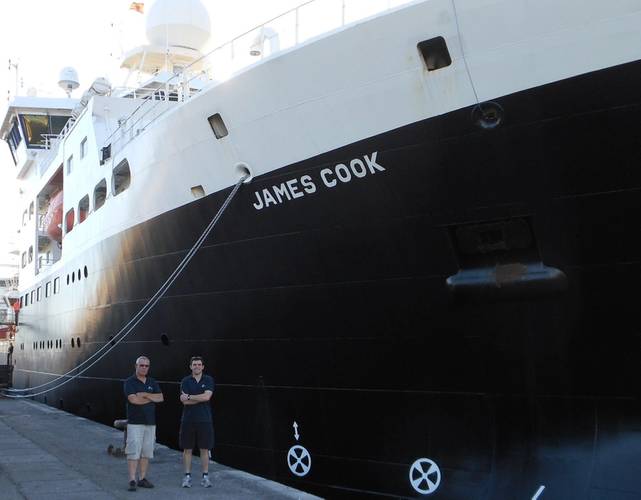
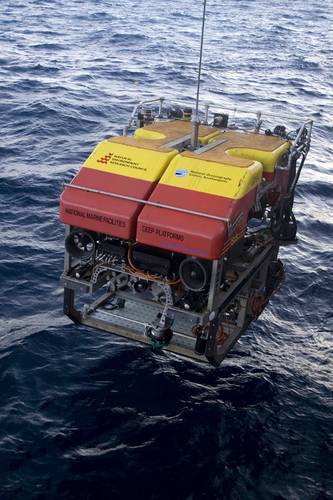
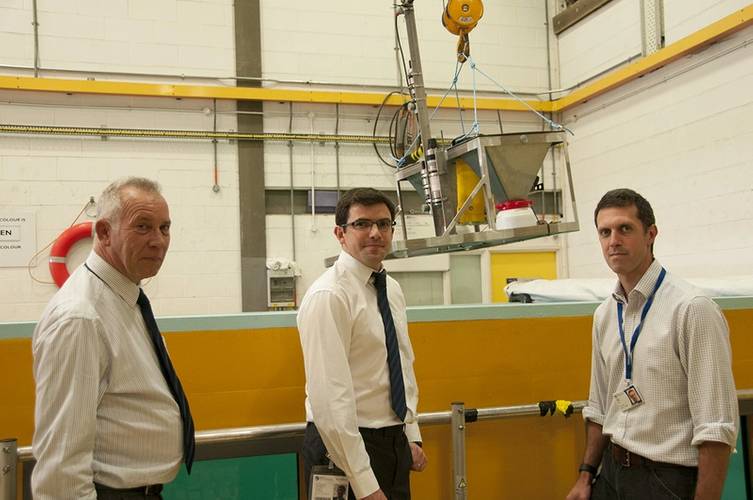
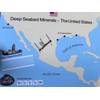
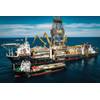

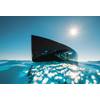
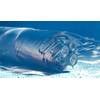
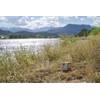





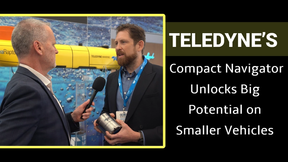
 February 2025
February 2025



